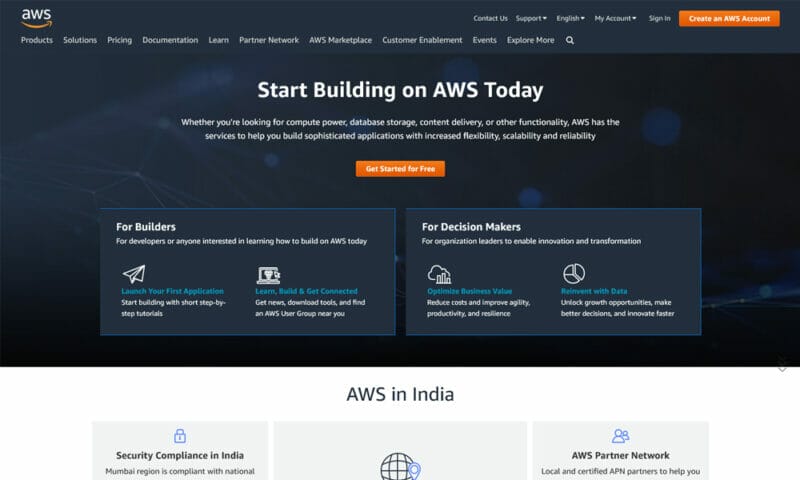
By adding a WAF into your larger cyber security strategy, you can proactively address the risks that come with this expansion. This massively increased the attack surface of application programming interfaces (APIs) and web applications. Remote work trends, “bring your own device” policies, and an increased use of SaaS applications are arguably the reason. Organizations face increased application-level security risks. There are many important reasons to add a web application firewall to an enterprise security strategy. These include: SQL injection, cross-site scripting (XSS) attacks, cross-site request forgery (CSRF), denial of service (DoS), distributed denial of service (DDoS) attacks, cookie poisoning, and zero-day attacks.īenefits of a web application firewall (WAF) With that in mind, a WAF protects the organization against a range of application-layer attacks. This means implementing the right WAF a critical step. Acting as a reverse proxy, the purpose of a common web application firewall is to shield applications from malicious requests.īecause applications are the means for attackers to connect to valuable data, they are also the leading source of breaches.

WAFs achieve this goal by monitoring, filtering, and analyzing traffic between the internet and the web application.

A web application firewall (WAF) is a security device designed to protect organizations at the application level.


 0 kommentar(er)
0 kommentar(er)
